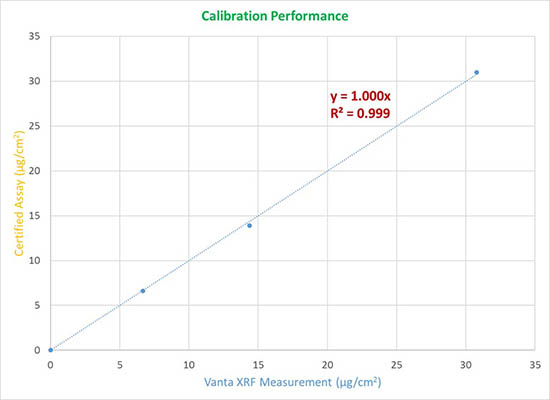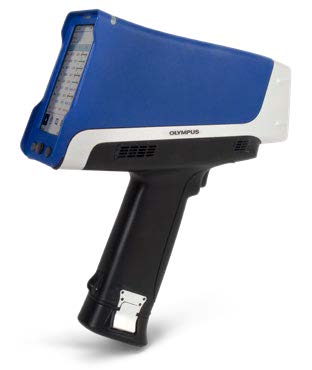
Mercury contamination of oil and gas assets is a common industry problem. Vanta™ portable X-ray fluorescence (pXRF) analyzers provide rapid quantitative near-surface analysis of mercury in materials such as carbon steel and stainless steel, as well as galvanized metals, coated and painted substrates, polymers, wood, fiberboard, and plastics. These data can be used to guide maintenance, decommissioning, and disposal activities.
Impacts of Mercury Contamination of Oil and Gas Assets
Mercury is an extremely toxic element that occurs naturally in crude oil. Over time, the mercury in the oil can bind with the surfaces it contacts. Depending on the environmental conditions, mercury can bind to and contaminate assets in as little as a few hours after exposure.
This contamination affects every stage of the supply chain:
- Upstream: exploration and production wells
- Midstream: transportation vessels (e.g. tankers and trucks) and pipelines
- Downstream: refineries
Surfaces contaminated with even trace amounts of mercury can pose an extreme risk to workers. At room temperatures, mercury can evaporate forming an invisible, odorless toxic vapor. Activities such as welding and steel cutting, or surface treatments such as blasting, can cause the mercury to vaporize at accelerated rates. For this reason, it is critical to be able to identify mercury-contaminated materials.
Quantifying Mercury Contamination Using the Vanta pXRF Analyzer
Vanta pXRF analyzers provide fast, precise, nondestructive assessment of mercury contamination directly on oil and gas assets (Figure 1). A substrate-independent calibration enables the analysis without prior knowledge of the sample material. The results can help determine proper decommissioning and disposal or maintenance methods.

Benefits of Vanta™ XRF AnalyzersOil and gas assets such as production wells, tankers, and refineries can be hot and wet environments. The Olympus Vanta XRF analyzer is able to operate in harsh working environments. Features of the analyzer include:
|  |
*With optional fan.

